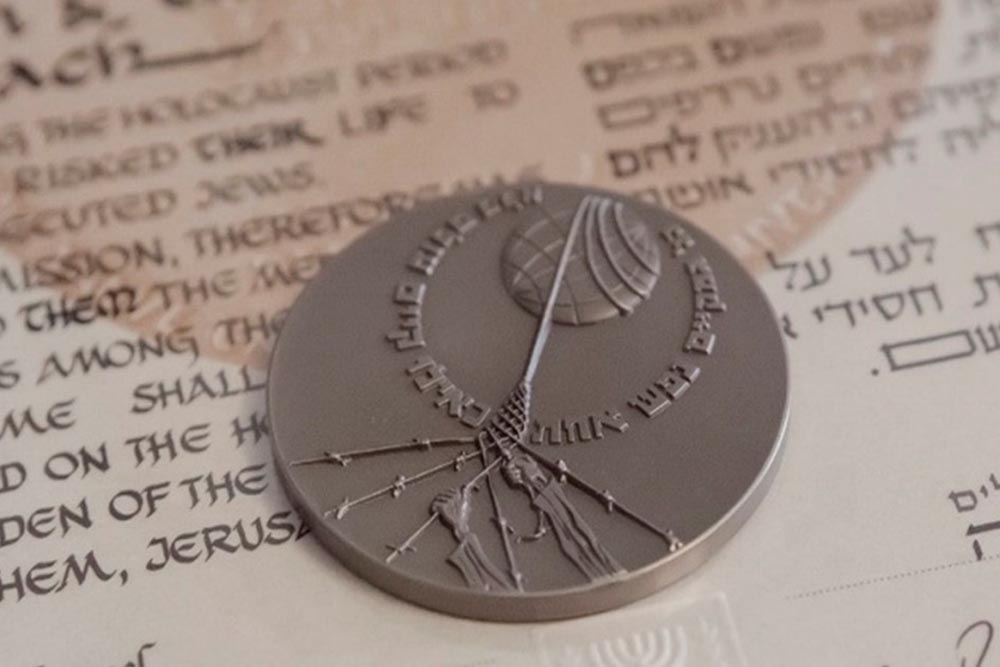Bank of Portraits / Boryskina Anastasiia

Boryskina Anastasiia
During the Nazi occupation, Anastasiia Boryskina lived with her two sons, seven and five years old, in the village of Horoshky (now part of the city of Polonne) in Khmelnytskyi. Her husband was at the front. Anastasiia was a teacher but during the occupation the school was closed. To survive, she kept a cow and cultivated a small garden.
On a frosty February night in 1942, Musia Shafranska, the daughter of a local midwife, knocked on Anastasiia's door. She knew the Musia's family well because her mother helped Anastasiia give birth to two children. She also knew why the girl came: the persecution and executions of Jews in the Khmelnytskyi region began as soon as the region was occupied. Despite the danger, Anastasiia sheltered and fed Musia. In the morning, she offered her to stay, but on condition that she would hide in the cellar during the day and return to the house only at night. Thus, for almost a year and a half, the Jewish girl hid in the Boryskins' house.
In the late summer of 1943, Anastasiia felt that the head of the local police showed too much interest in her life. Realizing that she might be searched, she took Musia to the forest at night and asked her to wait out the danger. Meanwhile, she contacted local underground fighters who helped the girl join the partisans.
After the village was liberated, Musia returned to Anastasiia and later emigrated to the United States.
In 1994, Yad Vashem recognized Anastasiia Boryskina as a Righteous Among the Nations.
Svitlana Demchenko
Kyiv
The National Museum of the History of Ukraine in the Second World War
-
fingerprintArtefacts
-
theatersVideo
-
subjectLibrary

